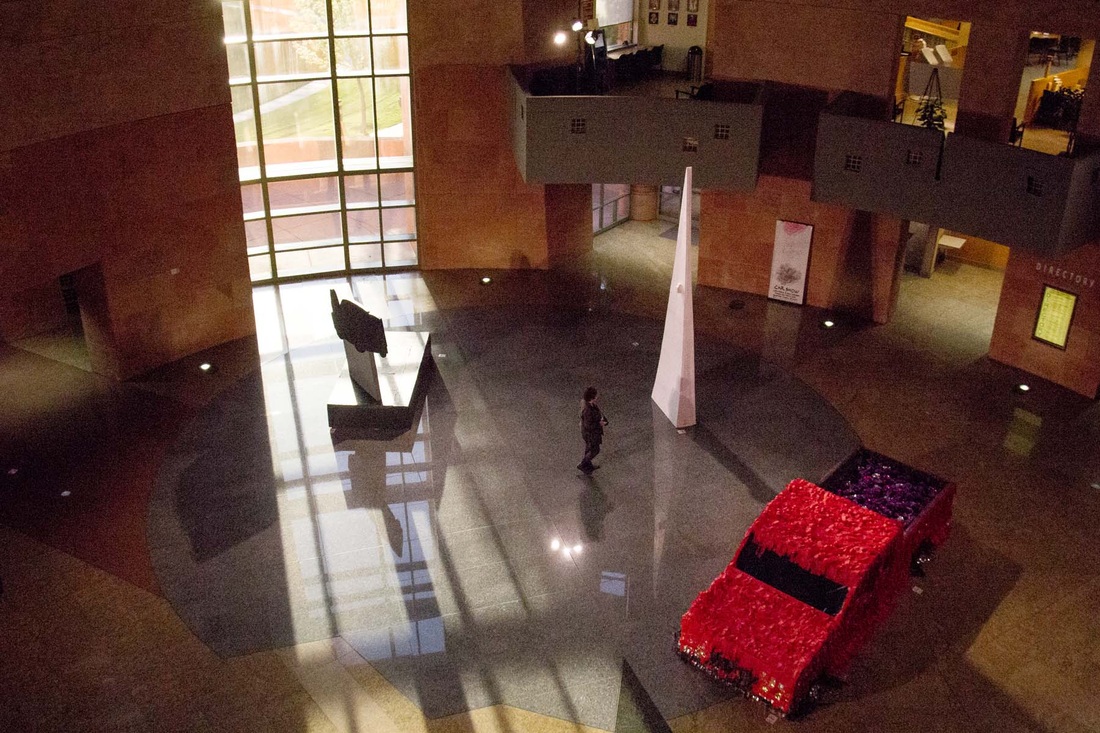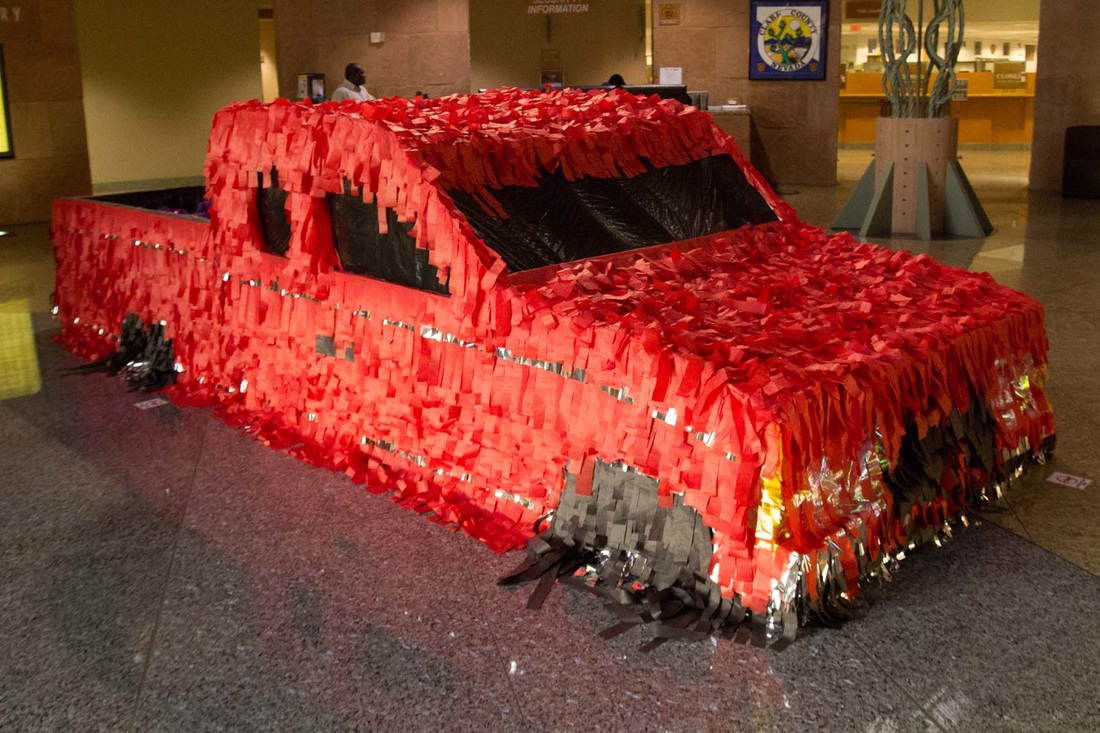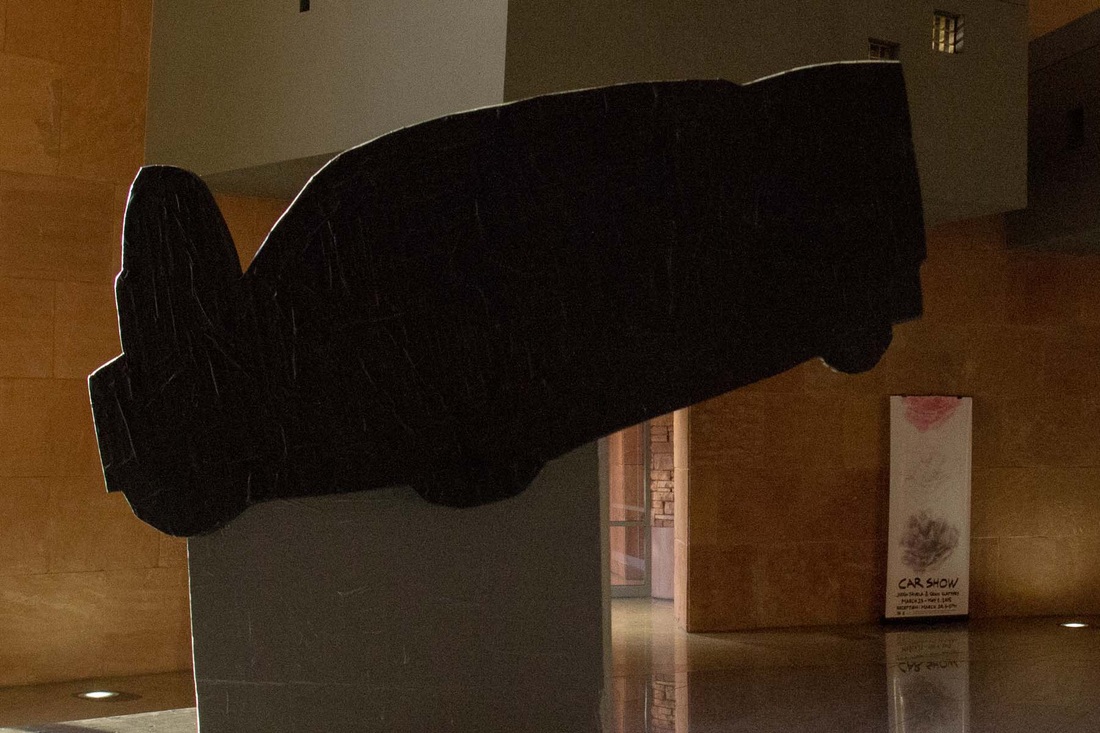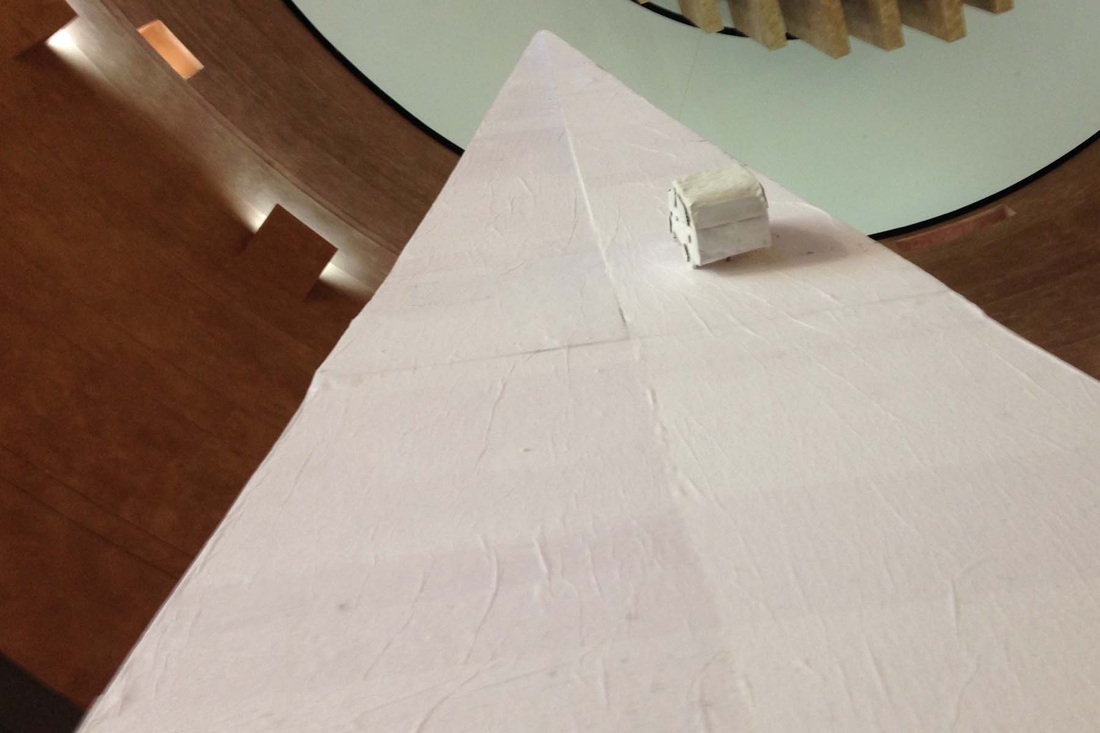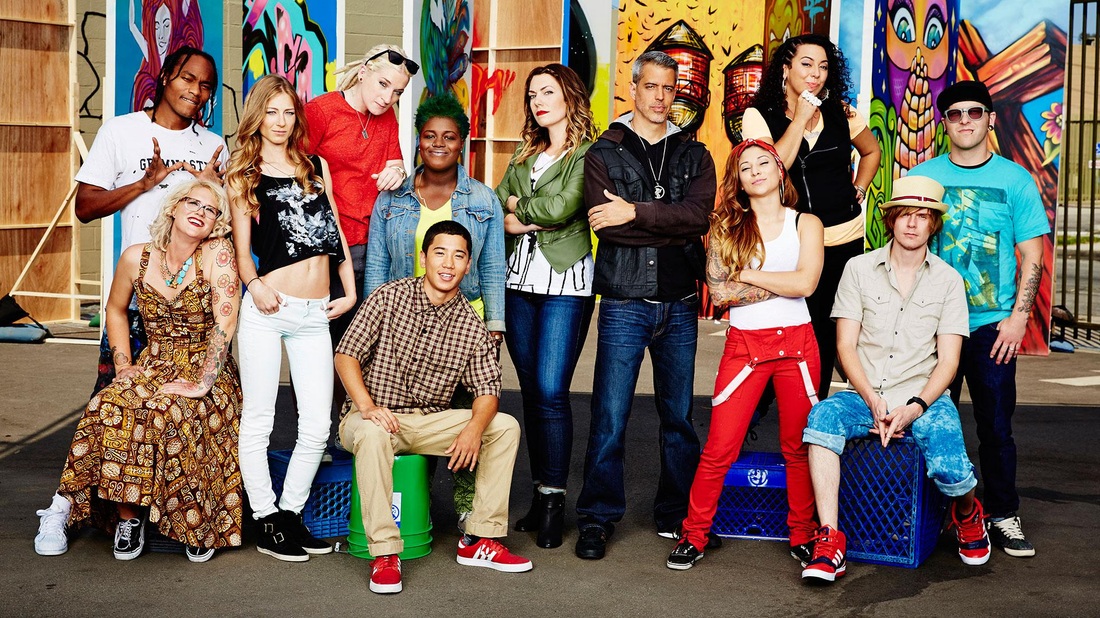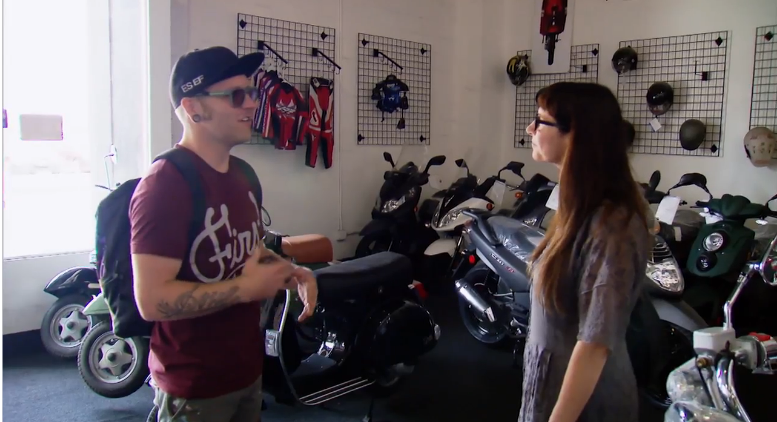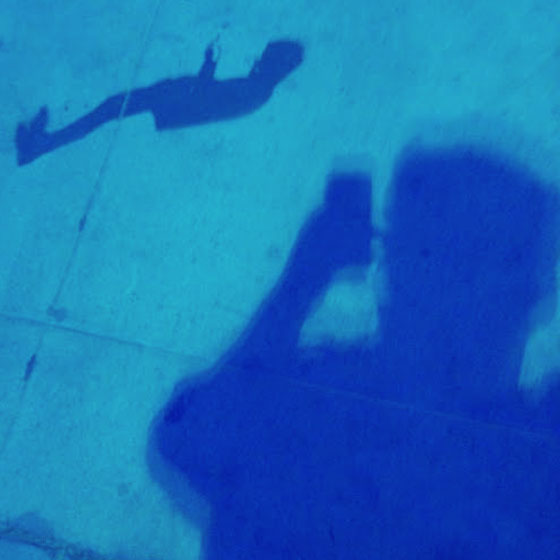Betty Whitehead Willis was born in 1924 in Overton, Nevada, 60 miles northwest of Las Vegas. She is one of the few women sign designers from the heyday of Las Vegas neon and designed the town’s most famous sign- “Welcome to Fabulous Las Vegas.” Betty attended art school in Pasadena and later returned to work for YESCO alongside Jack Larsen, Ben Mitchem and Herman Boernge. In 1952, she began working at Western Neon where she designed another landmark sign, the Moulin Rouge. Some of her famous signs are the Blue Angel Motel, the City Center Motel, the Normandie, Bow and Arrow Motel, Del Mar Motel and the Riviera pylon. In 2013 she visited the Neon Museum to celebrate her 90th birthday.
Buzz was one of the most prolific sign architects in Las Vegas. He was born in Little Rock, AR and moved to Las Vegas when he was five years old. He graduated from Basic High School in 1958. After a three-year stint in the Navy, he worked part time at Western Neon where he picked up valuable knowledge on how signs are built and installed. In 1964 Western Neon was purchased by YESCO and Buzz was suddenly rubbing elbows with the “greats” of YESCO’s art staff- Jack Larsen Sr., Herman Boernge, Kermit Wayne and Ben Mitchem. Some of his most notable credits include: The original Hacienda pylon, Showboat, Las Vegas Club, Barbary Coast, Westward Ho, Stardust Hotel (porte cochere and façade), the new Holiday Casino and the pylon/marquee for Excalibur.

